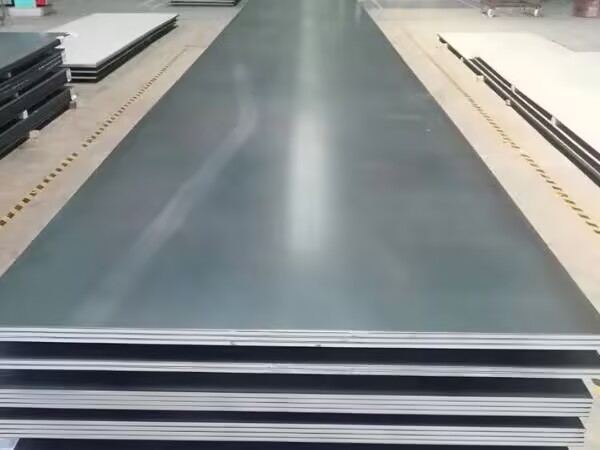What is steel plate and how many kinds are there?
Steel plate is a flat steel made of molten steel after being rolled or cut. Because of its excellent performance and diversified uses, it is widely used in construction, manufacturing and various industrial fields.

Classification by thickness
1. Thin steel plate: thickness less than 4 mm.
2. Medium thick steel plate: thickness between 4-60 mm.
3. Extra thick steel plate: thickness between 60-115 mm.
Classified by production process
1. Hot rolled steel plate: rolled by high temperature heating.
2. Cold rolled steel plate: rolling at normal temperature, high surface accuracy, more accurate thickness control.
Size range
1. Thin steel plate: width 500-1500 mm.
2. Thick steel plate: width 600-3000 mm.
type
Steel plates can be classified according to material, surface coating and use, including ordinary steel, alloy steel, stainless steel, heat-resistant steel, etc. Special steel plate such as bulletproof steel plate, enamel steel plate; And coated steel plate, such as galvanized steel plate, tin-plated steel plate, lead-plated steel plate and so on.
Characteristics of alloy steel
Alloy steel by adding different alloying elements to meet the needs of higher strength, high temperature resistance, corrosion resistance and other special properties, widely used in aerospace, automobile manufacturing and power generation and other high-performance fields.
Low alloy structural steel
1. Use
Mainly used in the manufacture of Bridges, ships, vehicles, boilers, high-pressure vessels, oil and gas pipelines and large steel structures.
2. Performance requirements
High strength: the yield strength is generally above 300 MPa.
High toughness: elongation 15-20%, room temperature impact toughness >600 kJ/m². High fracture toughness is required for large welded components.
Good weldability: suitable for welding and cold processing.
Corrosion resistance: Suitable for outdoor and Marine environments.
3. Ingredient characteristics
Low carbon content: ≤0.20% to ensure toughness and weldability.
Manganese base alloy elements: improve strength and toughness.
Trace alloying elements: such as niobium, titanium, vanadium, refine grain structure, improve steel strength and toughness.
Auxiliary additives: such as copper (≤0.4%) to improve corrosion resistance, phosphorus (about 0.1%) and rare earth elements can purify steel and improve processing performance.
5. Heat treatment characteristics
This type of steel is usually used in hot-rolled and air-cooled conditions without special heat treatment. The tissue in use is generally ferrite + sorbite.
In summary
Steel plates, especially alloy steel and low alloy structural steel, are widely used in industrial and structural fields. Although carbon steel is inexpensive, it has its limitations in high-performance scenarios. The development of low-alloy and bainitic steels has filled this gap, providing strength, toughness and durability for complex and demanding applications.
